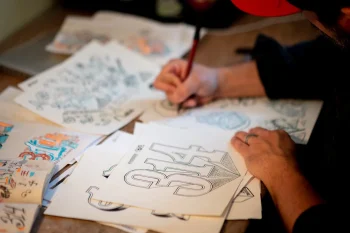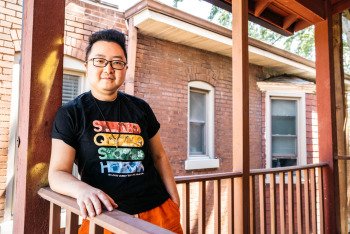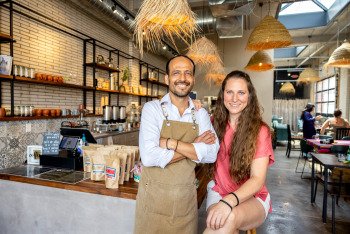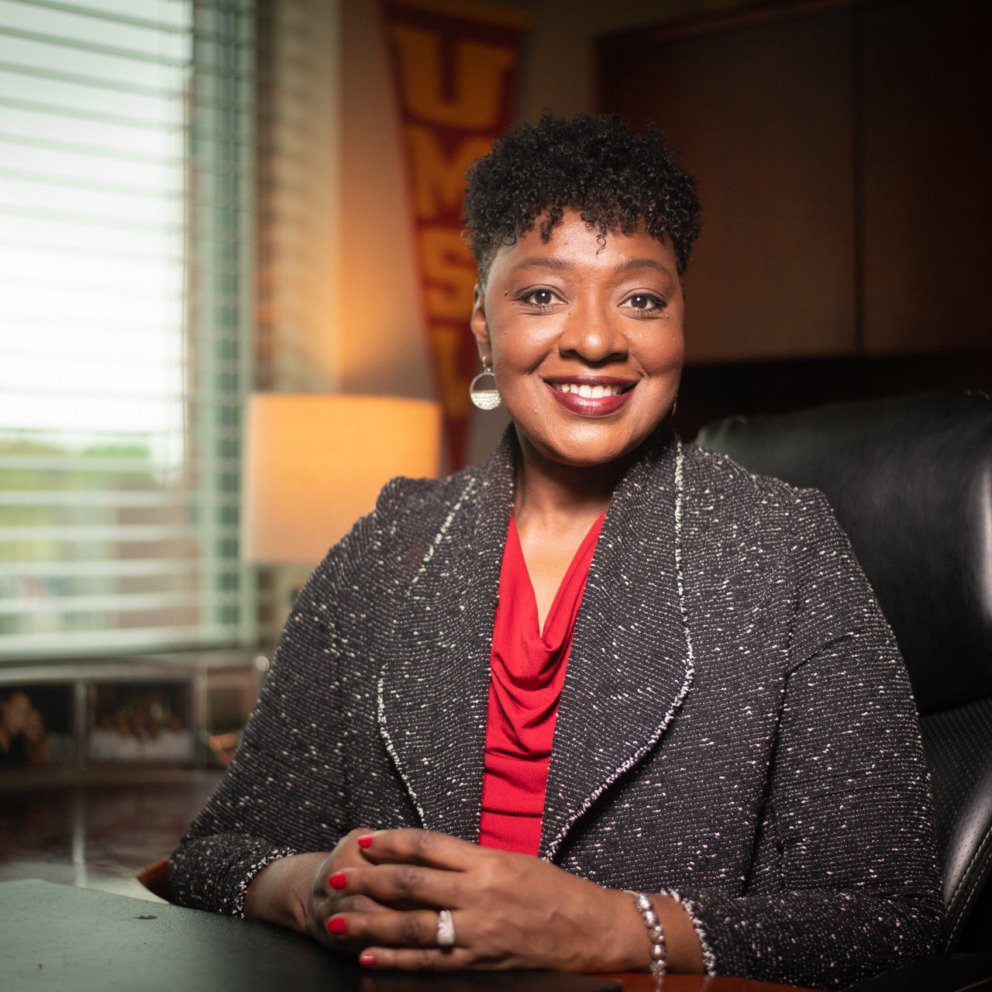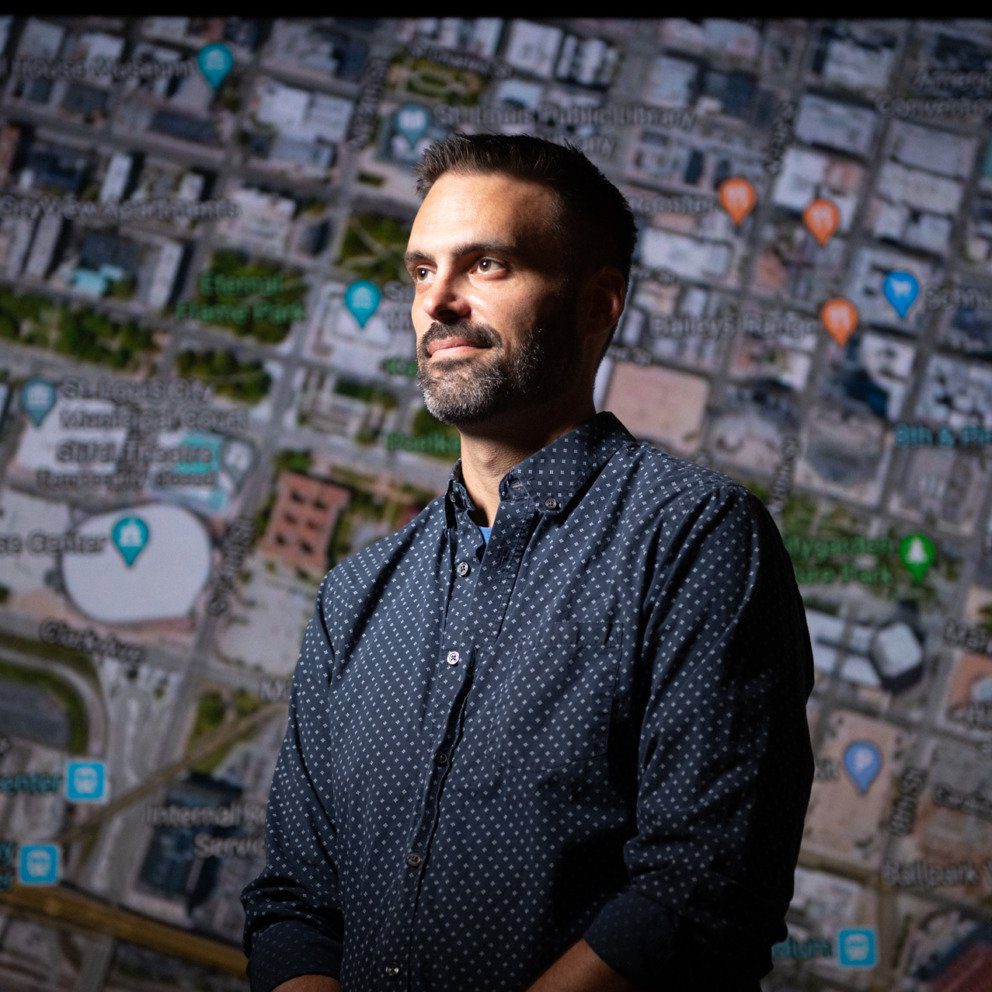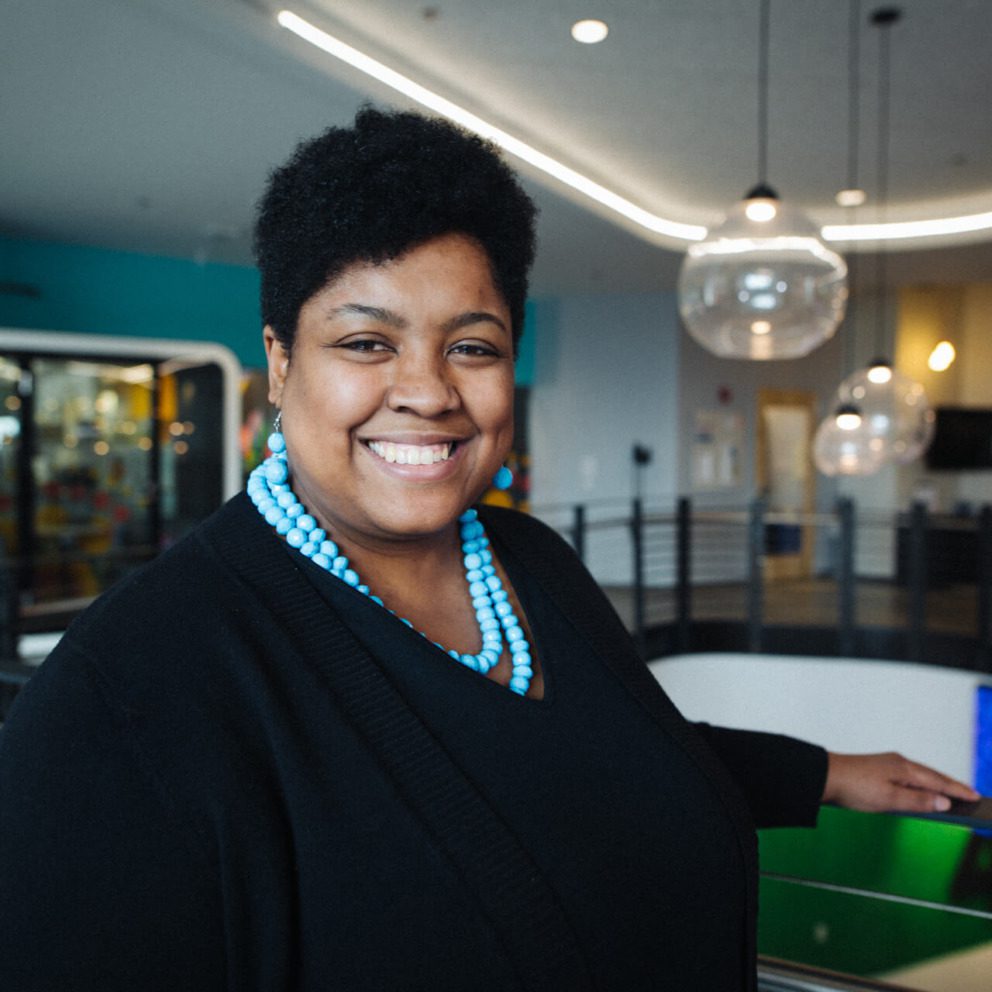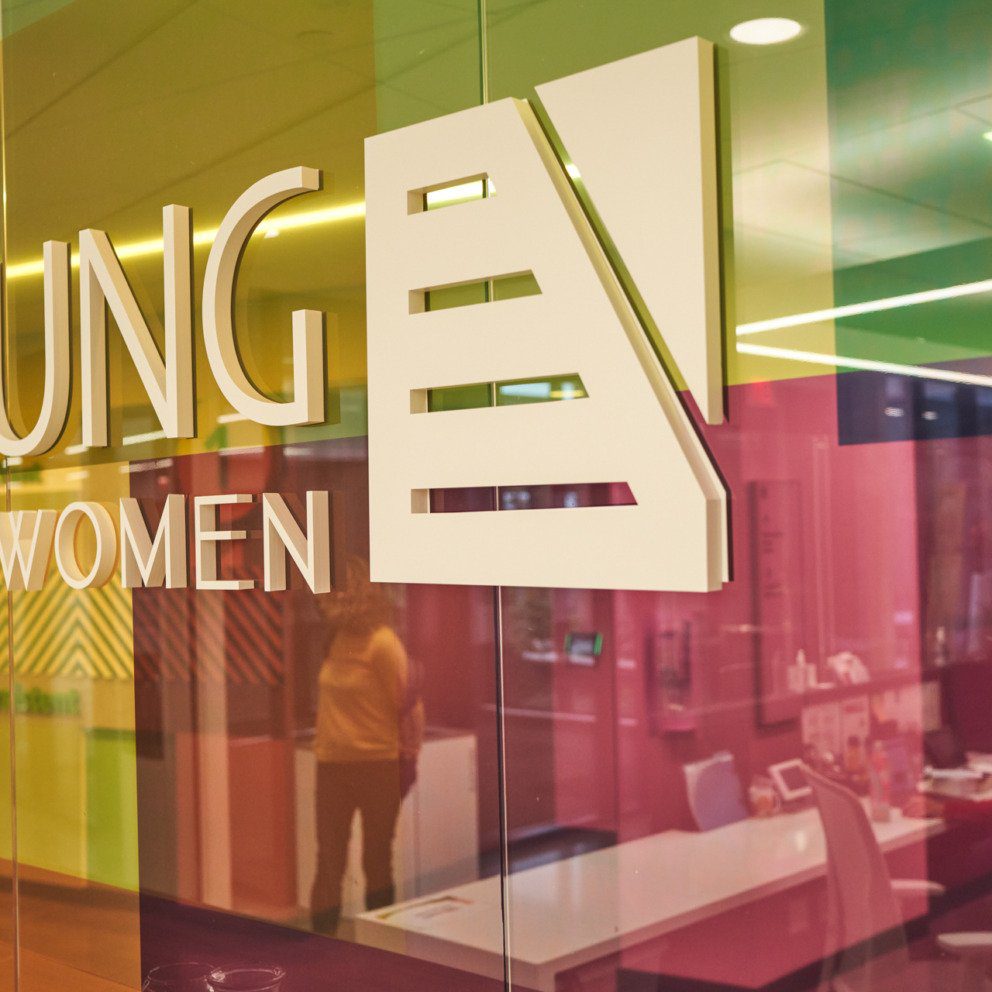Space for STEM
With Black Girls Do STEM, chemist Cynthia Chapple and her team are carving out an inclusive space for young Black girls to engage with science, technology, engineering and math.
Since she was a young girl, chemist Cynthia Chapple has always enjoyed and excelled at math and science. But despite her talent, her early educational experiences in these subjects were tainted by feelings of isolation and a vague sense that she didn’t belong.
At age 11, the Chicago native first ventured outside her community to attend a math program at the University of Illinois Chicago. “Not only was I one of very few Black girls, I was one of very few Black students,” Chapple recalls. She didn’t yet have words for the racial and socioeconomic divide she encountered there, but she knew it felt different.
Fast forward to Chapple’s high school years: Her family had moved to Indiana, and the 15-year-old was accepted into a biology program at Purdue University, where her older sister was studying to be a nurse. This time, Chapple was the only Black student. Feeling out of place, she never went back—instead, she wandered Purdue’s campus each morning when her sister dropped her off.
Today, in her role as managing director of the St. Louis-based nonprofit, Black Girls Do STEM, Chapple seeks to prevent this scenario for future generations. “We come to Black girls’ communities,” she says. “We bring STEM programs to them, because we’re asking kids to be brave in a really big way when we ask them to go somewhere that feels foreign, with no one else they can identify with in a real, substantive way. It’s hard for a young person to be that brave.”
Chapple’s decision to leave her successful career in industry for this educational endeavor—she was a senior research and development chemist for ELANTAS PDG, Inc., a global supplier of specialty materials for the electrical and electronic industries—was also born out of her desire to give back to the Black community after the killing of Michael Brown. At the time of his death, she was living in Florissant, Mo. while attending graduate school at Southern Illinois University Edwardsville, and showing up for these two disparate communities often felt like existing in separate realities, she says. Now, with a professional focus that is also highly personal, she seeks to achieve work-life integration as opposed to work-life balance. Her work at BGDS takes significant time and energy, but it feels more like a vocation than a job.
The program centers around Saturday STEM workshops where participants receive three hours of hands-on instruction geared toward a specific career pathway, such as cybersecurity, forensic science or cosmetic science. This is followed by an hour of group mentoring with Black women STEM professionals. They share their educational and work-related experiences and also lead activities unrelated to STEM, including crafts, braiding, meditation and yoga. The day concludes with an hour of social-emotional learning, with curriculum designed specifically for BGDS by a clinical social worker.
Mentors come from a variety of prestigious organizations and companies, including NASA, Tesla, Boeing and Mastercard. In addition to this group of 24 volunteers, Chapple’s team includes five staff facilitators and one newly hired program manager.
Her goal is to retain girls throughout their middle and early high school years and then transition them to more individualized types of support as they complete 10th through 12th grade. “Our theory of impact is that we have to have long-term, continuous engagement,” she explains. “We cannot have one high-engagement touch point to keep a girl interested in STEM. They have to feel personally connected to the things they’re learning and the people they’re meeting over an extended period of time.”
This year, BGDS has achieved a 62 percent retention rate, just shy of its 75 percent target. And the organization has successfully returned to in-person learning in 2022, with 76 out of 80 girls physically attending community sites. Despite these and other challenges related to the pandemic, eight out of 14 girls from BGDS’ original 2019 cohort are still involved.
Successfully engaging girls in STEM is a matter of relating STEM topics to their lived experience, Chapple says. It’s a skill that comes naturally to her. For example, she has used perfume to teach the science behind evaporation rates, guiding girls through experiments that demonstrate the different ways in which acetone, perfumer’s alcohol and rubbing alcohol interact with their skin.
“You hear ‘ohs’ all the time,” she says of this hands-on approach. “The girls are like, “‘That’s so cool. Let me do it again.’”
Chapple also fosters engagement by tailoring the BGDS curriculum to her students’ interests. She poses a series of questions: What comes to mind when you think of STEM? What problems in your community or in the world do you want to solve? How can math and science be used to solve these problems?
Often, the girls point to issues related to environmental justice and sustainability, she says, which inspired her to partner with St. Louis Community College and the Center for Plant Life Science at the Bio-Research, Development and Growth Park on a special project in which the girls will map pollution data for different neighborhoods across the St. Louis region and then compare their maps to those created by other young people across the country.
Chapple also initiated a fashion technology workshop after one participant expressed interest in running her own boutique. “She said she didn’t want to do anything in STEM. Guess what–if you want people to shop with you, there’s going to be a whole bunch of STEM in your online boutique,” she says, laughing.
Chapple is well-versed in the ways that STEM intersects with pursuits like beauty and fashion. In addition to running BGDS, she runs her own online beauty company, Black Lab, and has created her own line of massage and body oils, called Black Velvet Spa. The collection, available on Etsy, is geared toward women with dry skin conditions, but Chapple says she is looking to expand the brand to include more general skin and hair care products.
This side hustle of sorts enables Chapple to stay connected to her love of chemistry and research, now that she spends so much time in the education space. It’s also a way of claiming her own identity as the ultimate Black Girl Doing STEM, even as she focuses on the girls of the future. “What my brand represents for me is my strong love and desire to say, ‘I am a chemist. I am a Black woman who does chemistry and who does research, and I’m great at that. I also run this organization, and I am great at that.’ But it also represents for me this real sense of self care, this real advertisement of wellness and well-being, not sacrificing myself for any work,” she says.
In this way, Chapple is setting an example for the girls of the future who are watching. By nurturing her own inner 15-year-old child who felt like she didn’t belong and carving out a space to call her own, she demonstrates radical self-love and unapologetic self-care.
Join the Story
- Learn more online about Black Girls Do STEM.
- Sign up for the waitlist for the next BGDS STEM Saturday Academy.

